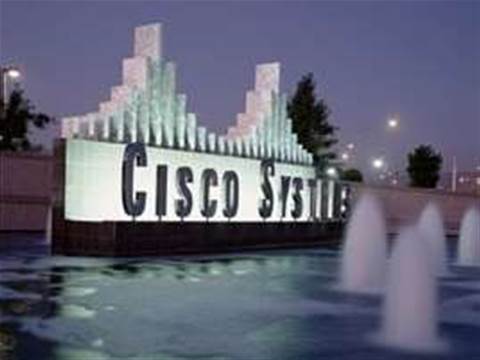Cisco Systems has flagged thousands of job cuts as the dominant networking vendor attempted to get back on track after disappointing earnings.
A spokesman for Cisco Australia said it would not comment on how many jobs were likely to be shed locally and would make an announcement following guidance from US executives.
This week Cisco reported a $US400 million ($A375 million) fall in net income for its third quarter, to $US1.8 billion, while its earnings a share fell from $US0.37 to $US0.33.
Although the results were better than expected Cisco’s fourth-quarter outlook was lower than analysts expectations.
Cisco chief executive officer John Chambers has faced mounting criticism over the past few years for forcing Cisco into too many markets.
Cisco head of channels Keith Goodwin blogged today that Cisco’s partners were asking it to simplify operations. And he wrote it was redoubling its efforts to focus on “simplicity”, “agility” and “profitability”.
Chambers was committed to Cisco growing at 12 to 17 percent but today he said that was sharply at odds with the realities of the market.
He said Cisco would provide the market with a more detailed guidance in September.
In response to the global financial crisis, Cisco embarked on a belt-tightening program, shedding 2000 jobs but sales have lagged.
In its latest quarterly results, Cisco completed the acquisition of three companies: cloud catalogue provider newScale, bit-rate digital media developer Intel Technologies and network-configuration specialists Pari networks.
Although they were are in line with its bread and butter businesses, last month’s canning of its video camera Flip Business illustrated just how far Cisco had strayed away from its knitting. The Flip business was part of its $590 million acquisition of Pure Digital.
Speaking in the US today, Chambers said he wanted to further slash costs at Cisco by more than $US1 billion, or roughly 6 percent. With over 73,000 staff, the company was expected to lose as many as 5000 staff.
Chambers said he will simplify Cisco to bring the company back to focus on five business areas:
- Core switching, routing, services
- Video
- Collaboration
- Data centre virtualisation and cloud
- Architectures for business transformation




_(21).jpg&h=142&w=230&c=1&s=1)

.png&h=142&w=230&c=1&s=1)





.jpg&w=100&c=1&s=0)
_(8).jpg&w=100&c=1&s=0)










